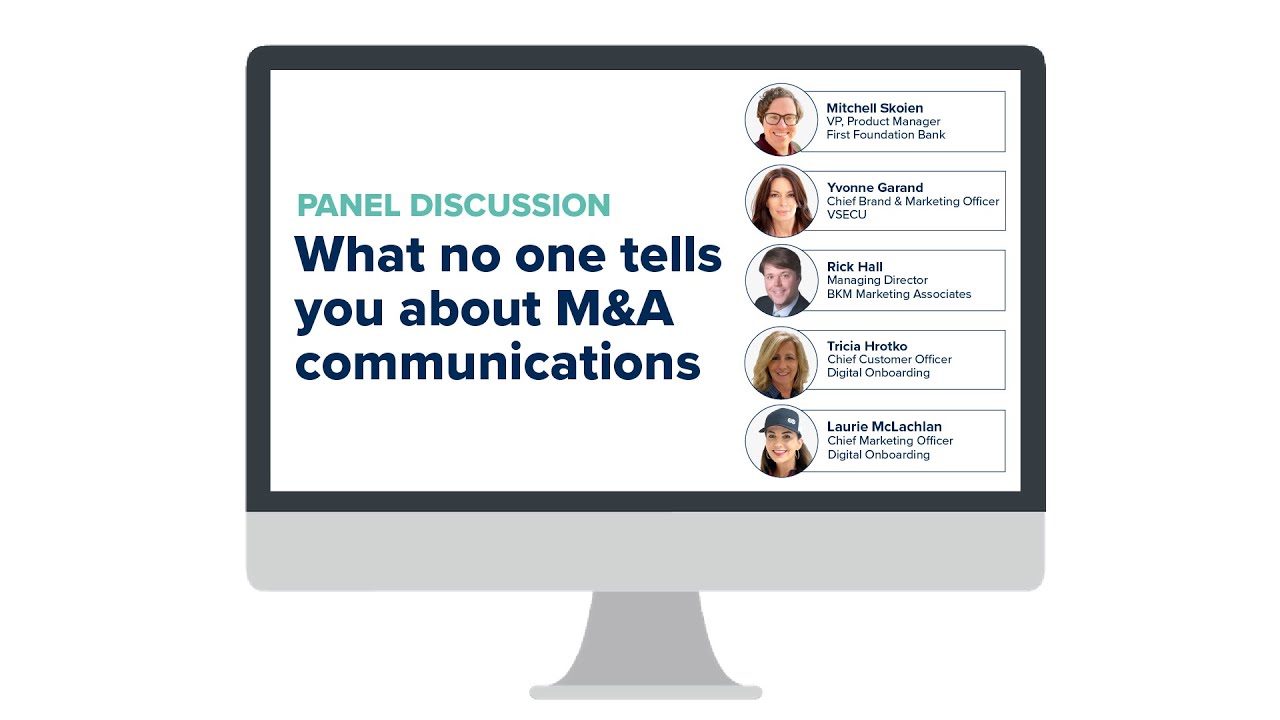As recently featured on Entrepreneur.com, BKM Marketing's Rick Hall shares one of the most critical components for M&A success -- cultural fit -- and one that often falls by the wayside.
Merger and acquisition activity has ramped up significantly over the past year. Even as the business world continues to grapple with the impacts of the lingering Covid-19 pandemic. For category leaders looking to expand market share across various sectors, financial institutions and businesses that aren't as well-positioned could make attractive acquisition targets in 2022.
Consolidation won't be as pronounced in some industries compared to others. But corporate and private investors might be increasingly prone to experiencing fear of missing out as deal-making picks up across the board. After all, that same mentality has recently fueled a technological arms race among companies that had been stockpiling capital at the peak of the pandemic. Business leaders are eager to spend on capabilities that might give them a leg up on the competition.
Continue Reading on Entrepreneur >>
or scroll down for a quick glimpse at Rick's 3 Steps1. Evaluate operational culture and customer experience
In industries such as banking and retail, better employee and customer experiences increasingly mark the difference between leaders and laggards. In the case of the former sector, buyers might pore over a target's loans and credit risk without properly assessing the behaviors and technologies that currently define that company's employee and customer experiences.
Does the bank have customer-friendly hours of operation? What expectations do the employees have regarding work-life balance and compensation? Is technology helping or hampering employee workflows and productivity? The answers to these and similar questions should be factored into a target company's valuation.
In May 2021, a Morning Consult survey of 1,000 U.S. adults found that 39 percent would consider quitting a job if their employers didn't give them the option to work from home at least part of the time. And since then, Americans have left the workforce in record numbers. When meeting with leaders of potential targets, ask them directly about the workforce model they've put into place and the expectations they've set with employees. If you find that their real expectations don't align with what you're hearing, that's a major red flag.
2. Scan the talent landscape
Businesses in every industry are increasingly fighting for the same shrinking pool of talented people. Banking leaders often look at acquisitions as the quickest, most effective way to secure critical personnel. However, if you rush through a merger to get more employees with key skills and expertise without checking for cultural misalignment, your new employees might quickly leave for other opportunities.
Consider, for example, Sprint's 2005 acquisition of a majority stake in Nextel Communications, which created the world's third-largest telecommunications provider. The entrepreneurial mindset that characterized the target's company culture didn't align with Sprint's bureaucratic approach. Nextel executives and managers quickly left the new company. Three years later, the acquisition was confirmed a failure when Sprint's Nextel stock was given a junk status rating.
3. Don't forget the ESG perspective
Although ESG investing has surged in popularity in recent years, these principles aren't often top of mind when corporate buyers consider potential acquisitions. That's perhaps partly due to the lack of standardized reporting requirements associated with ESG-related metrics.
However, those standards could soon be in place. In July, Securities and Exchange Commission Chair Gary Gensler said that voluntary disclosures on the climate impact of corporate activities led to inconsistent reporting. Gensler called for more robust guidelines on the way companies disclose these activities.
Even in the absence of comprehensive reporting guidelines, consumers have put more pressure on companies to get behind social and environmental causes — and increasingly, so have employees. Unionization efforts at big tech firms such as Amazon and Alphabet have shed light on toxic work environments and corporate disregard for human rights, underscoring the sense of purpose that often drives top talent.
If you hope to attract and retain valuable personnel in the wake of a merger or acquisition, you must understand what's important to them and ensure your mission and actions reflect those priorities. Consider sending employee surveys to gauge what ESG initiatives matter most to new team members so you can put plans in place to fulfill them.
Cultural fit is one of many factors to consider prior to executing an M&A deal, but it's certainly an important one. By applying the tips above, you can set yourself up for long-term success after a merger or acquisition, rather than look back and wonder where your evaluation went wrong.





SUBMIT YOUR COMMENT